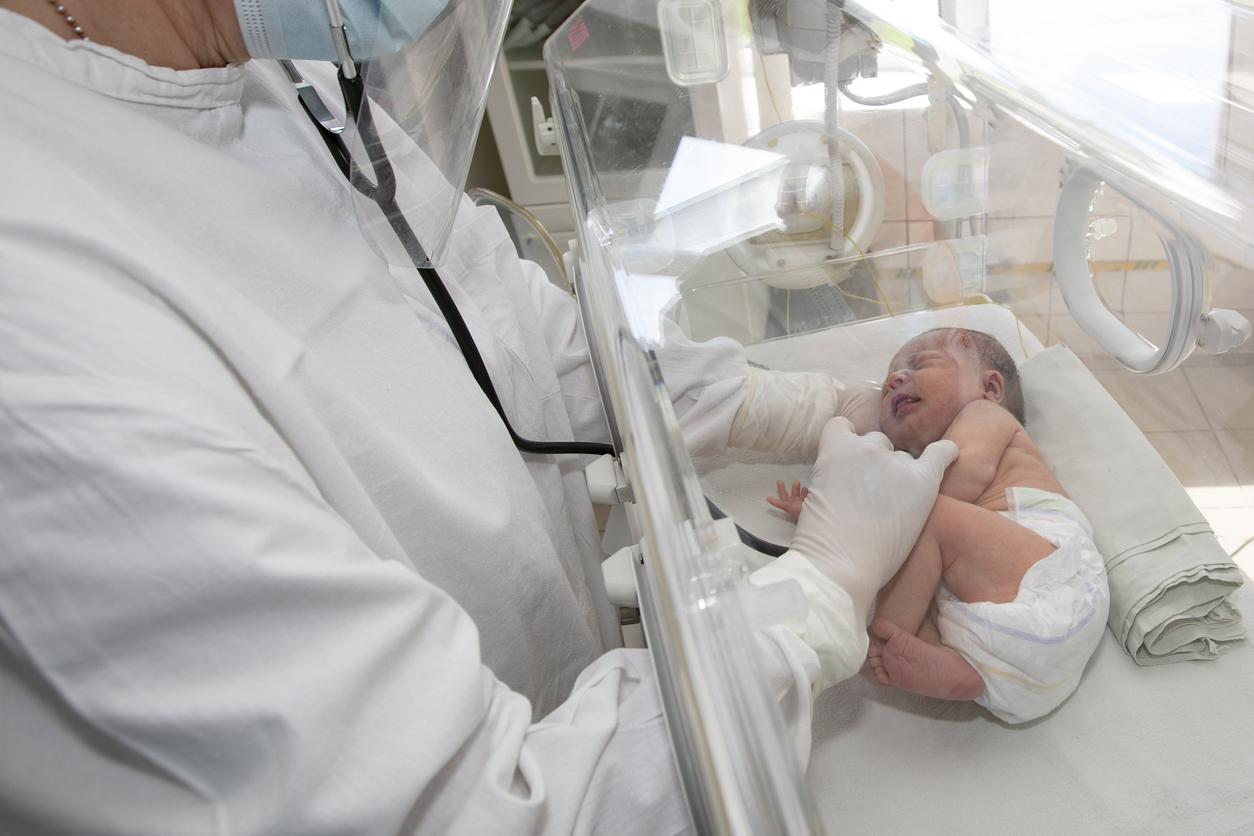Many women discover the existence of their perineum during pregnancy. And if perineal rehabilitation after childbirth is now very widely recommended and practiced, few women have their perineum evaluated when they are pregnant. “Having a check-up carried out by a physiotherapist during pregnancy to check the tone of the perineum but also of the muscles of the abdomen is however very useful.“observes Estelle Bertrand, physiotherapist.
The perineum: what is it for?
“The perineum is a set of different muscles and tissues that close the lower pelvis and extend from the pubis to the coccyx”, describes the physiotherapist. Its role is multiple: it supports the viscera, allows urinary and anal continence, plays an opening role during childbirth and also has a significant impact on the course of sexual intercourse.
The perineum, put to the test during pregnancy
During pregnancy, the body of the future mother is the scene of a large number of upheavals. The perineum is no exception and is put to the test. “The hormones of pregnancy relax the muscles, tissues and ligaments to allow the passage of the baby’s head. The perineum, less toned, is also subject to significant overweight due to the presence in the uterus of the baby and of the placenta”, explains Estelle Bertrand. A woman who has, for example, pain in the pubis, coccyx, lower back or sacrum should consult, the pelvis being made less fixed by the relaxation of the ligaments. The specialist therefore insists on the need to carry out an assessment in order to be offered personalized care.
The perineum during pregnancy: how to tone it?
“The work is both postural, the pelvis is in anteversion during pregnancy, and respiratory, explains the physio. However, there are no standard exercises that we could recommend for all women. They are adapted to the morphology of each one”, she adds. To cite a concrete example, a pregnant woman whose transverse abdominis muscle will be relaxed will work to tone it. The abdominal muscles will then be better able to “carry” the baby and thus unload the perineum.
In general, follow-up with a physiotherapist during pregnancy helps to maintain mobility and muscle tone, but also to avoid pain. “I teach them exercises that they then have to do again at home and then we meet again for regular check-ups.”, she specifies. But the physiotherapist also explains that to take care of your perineum during pregnancy you must also fight against constipation. “Pushing too hard, hemorrhoids, all this also weakens the perineum“recalls Estelle Bertrand.
Perineal massage: preparing the body for childbirth
It is possible to help the perineum to soften and to accustom the tissues to relax before childbirth by performing massages. “We can start in the two months preceding childbirth, but this practice must always be supervised by a professional and carried out with the agreement of the obstetrician”, reminds the physiotherapist.
To perform the massage, the mother-to-be should sit comfortably with her bust leaning back on a bed or chair. She may start making small circles over the central core of the perineum, the outer area between the vagina and the anus. She will then introduce her thumb into her vagina to massage the perineum towards the sides and towards the anus. “The massage must be performed with the most neutral vegetable oil possible, organic, first cold pressing or a specific oil for the massage of the perineum“, recommends Estelle Bertrand.
Finally, the physio wants to challenge some received ideas. “First, having sex during pregnancy has no negative impact on the perineum. Second, leaking urine during pregnancy is not normal. You have to consult a gynecologist, a midwife or a physiotherapist to see where the problem comes from“, she advises.
Here is a video made by Estelle to adopt the right gestures to massage the perineum
Read also:
- Why do we have cravings during pregnancy?
- Hyperemotivity during pregnancy: talking about it, not minimizing it
- Pregnancy and fatigue: our advice
- Covid-19 and pregnancy: mask during childbirth, tests… All the answers to your questions


















